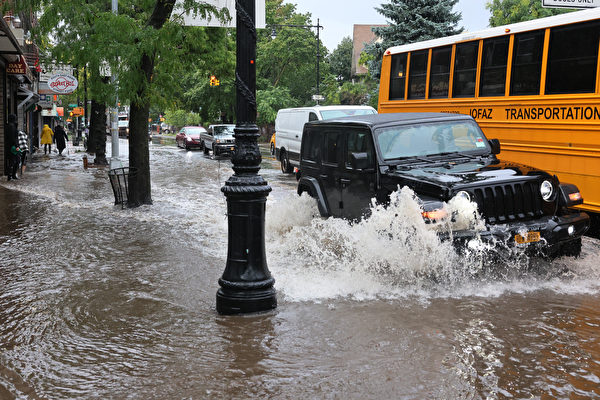The latest Climate Assessment Report (NPCC4) released by the New York City Climate Change Committee (NPCC) has revealed the severe climate challenges that New York City will face. The report predicts that the city will become warmer and more humid, with annual rainfall expected to increase by about 30% by the end of this century. This will lead to more frequent extreme rainfall events, commonly known as cloudbursts, where large amounts of rain fall in a short period, increasing the risk of flooding.
Specifically, the report points out that due to factors such as topography, rainfall pathways, and land use, the southeastern and central parts of Queens, the southeastern part of the Bronx, and the northern shore of Staten Island will be the areas most vulnerable to extreme rainfall.
In addressing the issue of high temperatures, the report anticipates that with rising sea levels, the number of hot days, the frequency of heatwaves, and their duration will all increase. The NPCC report emphasizes that such drastic climate changes will have adverse effects on public health and social equity, especially impacting the elderly, those in poor health, racial and social inequalities, and socially isolated groups.
The city’s response strategy includes strengthening and enhancing the city’s infrastructure to deal with flood disasters, such as adding more pipelines and seawalls, as well as increasing urban green spaces to absorb rainwater and lower temperatures. The New York City Climate Change Commission (NPCC) is a consulting committee appointed by the mayor, with members from geologists, ocean engineers, etc., responsible for climate forecasting and assisting the city government in preparing for climate change.
Rohit T. Aggarwala, Commissioner of the New York City Department of Environmental Protection (DEP) and Chief Climate Officer of New York City, emphasized that NPCC’s expertise in various aspects such as architecture, design, and population statistics is crucial for these important projects. Aggarwala stressed that all efforts are based on the latest scientific data to ensure that New York City’s policies and plans can effectively address the impending climate challenges.

